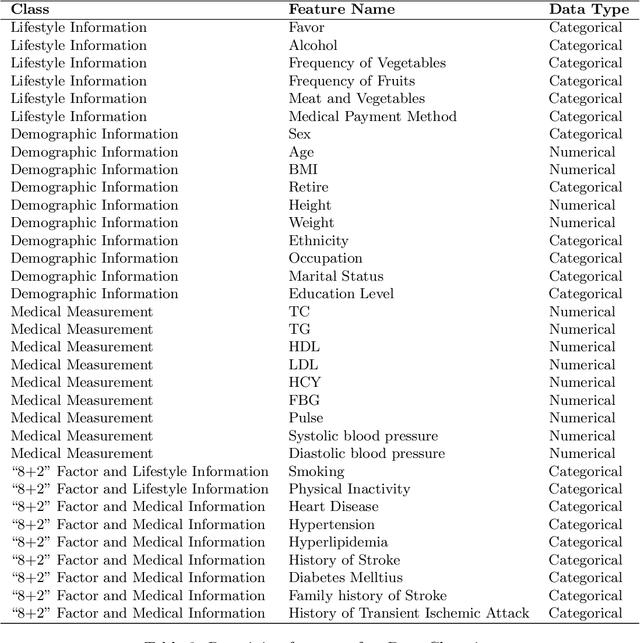Jiachen Tu
Score-based Self-supervised MRI Denoising
May 08, 2025Abstract:Magnetic resonance imaging (MRI) is a powerful noninvasive diagnostic imaging tool that provides unparalleled soft tissue contrast and anatomical detail. Noise contamination, especially in accelerated and/or low-field acquisitions, can significantly degrade image quality and diagnostic accuracy. Supervised learning based denoising approaches have achieved impressive performance but require high signal-to-noise ratio (SNR) labels, which are often unavailable. Self-supervised learning holds promise to address the label scarcity issue, but existing self-supervised denoising methods tend to oversmooth fine spatial features and often yield inferior performance than supervised methods. We introduce Corruption2Self (C2S), a novel score-based self-supervised framework for MRI denoising. At the core of C2S is a generalized denoising score matching (GDSM) loss, which extends denoising score matching to work directly with noisy observations by modeling the conditional expectation of higher-SNR images given further corrupted observations. This allows the model to effectively learn denoising across multiple noise levels directly from noisy data. Additionally, we incorporate a reparameterization of noise levels to stabilize training and enhance convergence, and introduce a detail refinement extension to balance noise reduction with the preservation of fine spatial features. Moreover, C2S can be extended to multi-contrast denoising by leveraging complementary information across different MRI contrasts. We demonstrate that our method achieves state-of-the-art performance among self-supervised methods and competitive results compared to supervised counterparts across varying noise conditions and MRI contrasts on the M4Raw and fastMRI dataset.
The Tenth NTIRE 2025 Image Denoising Challenge Report
Apr 16, 2025



Abstract:This paper presents an overview of the NTIRE 2025 Image Denoising Challenge ({\sigma} = 50), highlighting the proposed methodologies and corresponding results. The primary objective is to develop a network architecture capable of achieving high-quality denoising performance, quantitatively evaluated using PSNR, without constraints on computational complexity or model size. The task assumes independent additive white Gaussian noise (AWGN) with a fixed noise level of 50. A total of 290 participants registered for the challenge, with 20 teams successfully submitting valid results, providing insights into the current state-of-the-art in image denoising.
Analysis and classification of main risk factors causing stroke in Shanxi Province
May 29, 2021



Abstract:In China, stroke is the first leading cause of death in recent years. It is a major cause of long-term physical and cognitive impairment, which bring great pressure on the National Public Health System. Evaluation of the risk of getting stroke is important for the prevention and treatment of stroke in China. A data set with 2000 hospitalized stroke patients in 2018 and 27583 residents during the year 2017 to 2020 is analyzed in this study. Due to data incompleteness, inconsistency, and non-structured formats, missing values in the raw data are filled with -1 as an abnormal class. With the cleaned features, three models on risk levels of getting stroke are built by using machine learning methods. The importance of "8+2" factors from China National Stroke Prevention Project (CSPP) is evaluated via decision tree and random forest models. Except for "8+2" factors the importance of features and SHAP1 values for lifestyle information, demographic information, and medical measurement are evaluated and ranked via a random forest model. Furthermore, a logistic regression model is applied to evaluate the probability of getting stroke for different risk levels. Based on the census data in both communities and hospitals from Shanxi Province, we investigate different risk factors of getting stroke and their ranking with interpretable machine learning models. The results show that Hypertension (Systolic blood pressure, Diastolic blood pressure), Physical Inactivity (Lack of sports), and Overweight (BMI) are ranked as the top three high-risk factors of getting stroke in Shanxi province. The probability of getting stroke for a person can also be predicted via our machine learning model.
 Add to Chrome
Add to Chrome Add to Firefox
Add to Firefox Add to Edge
Add to Edge